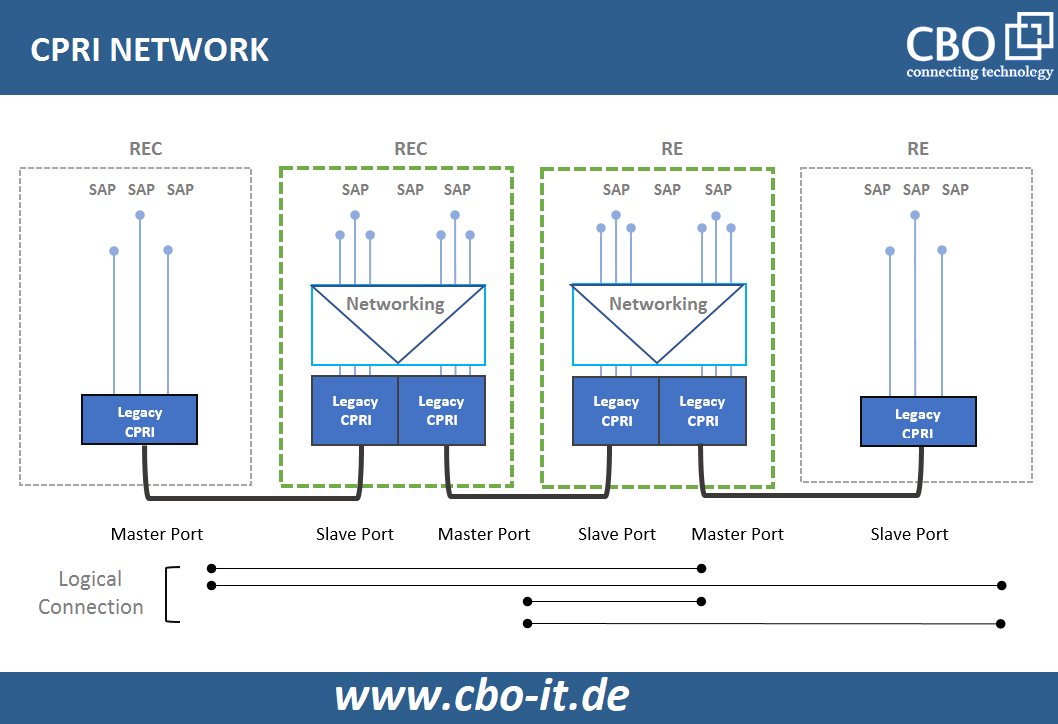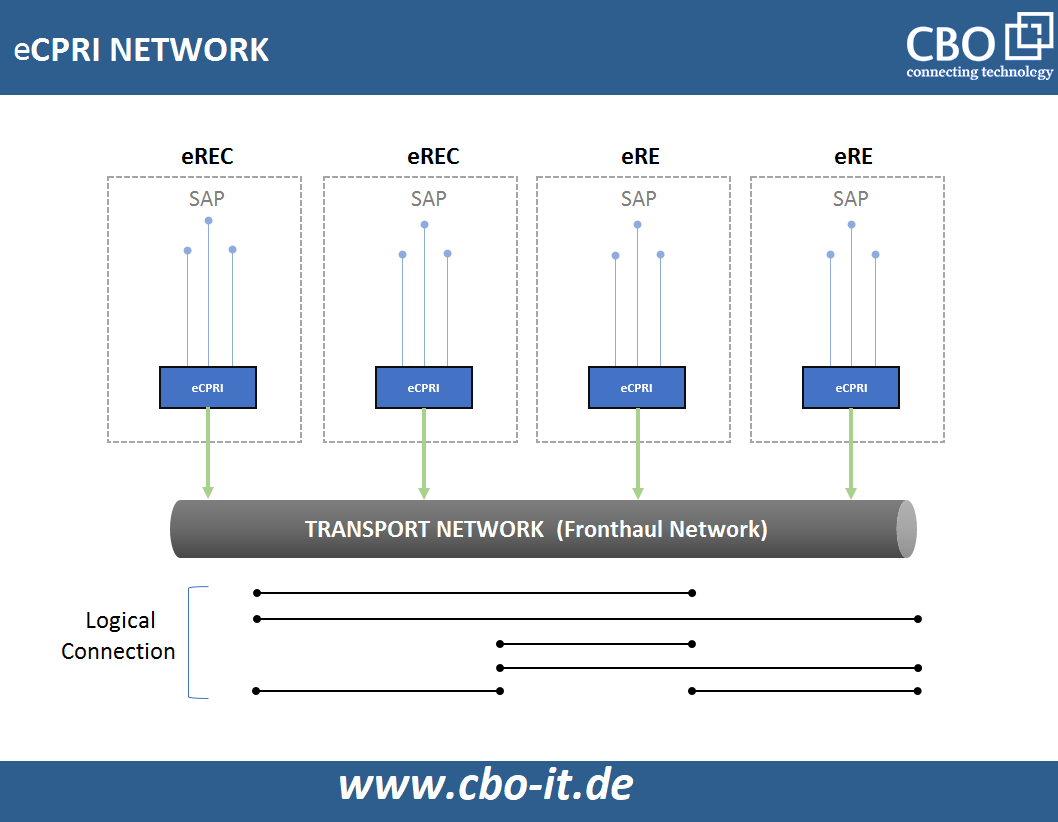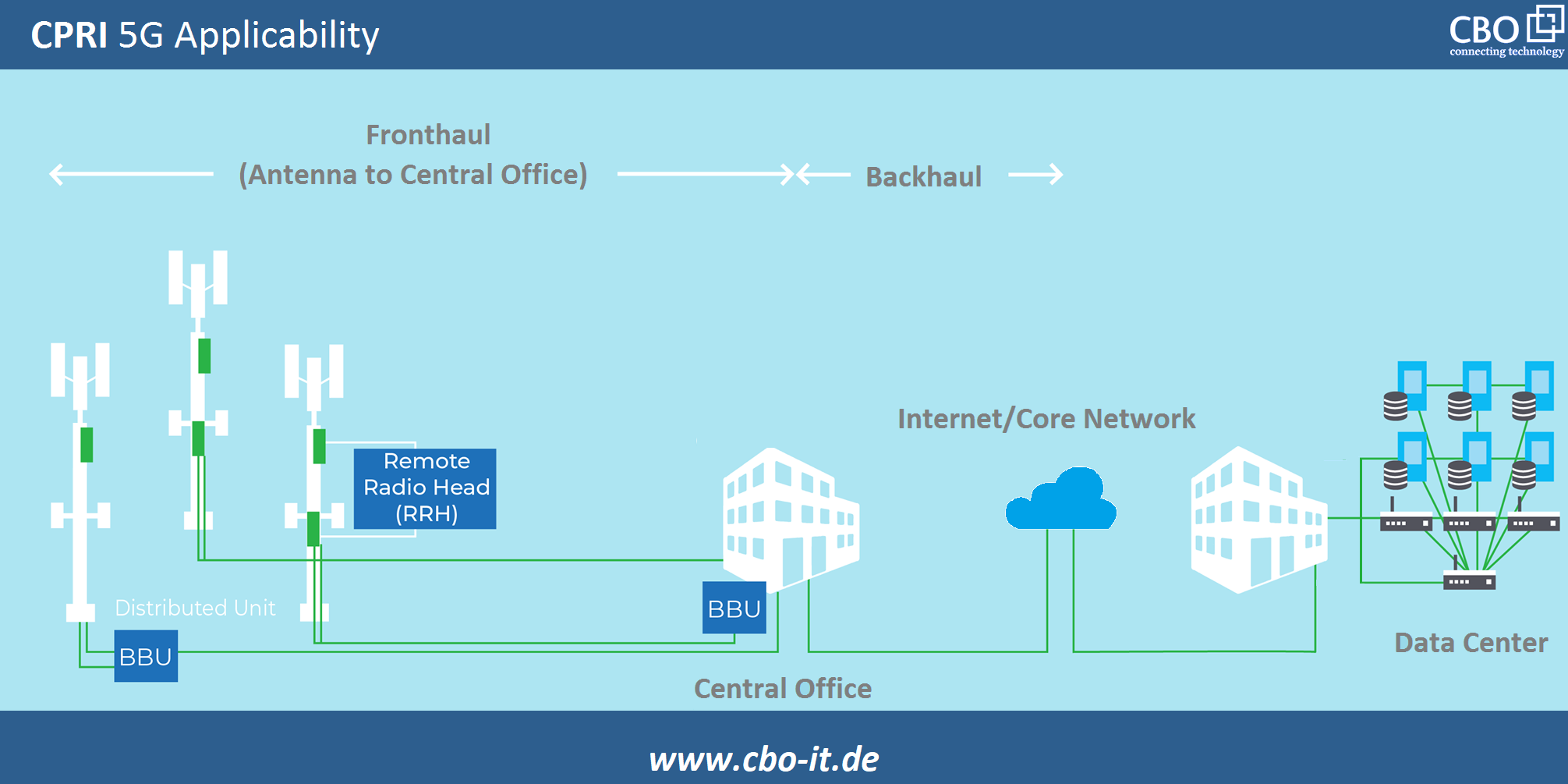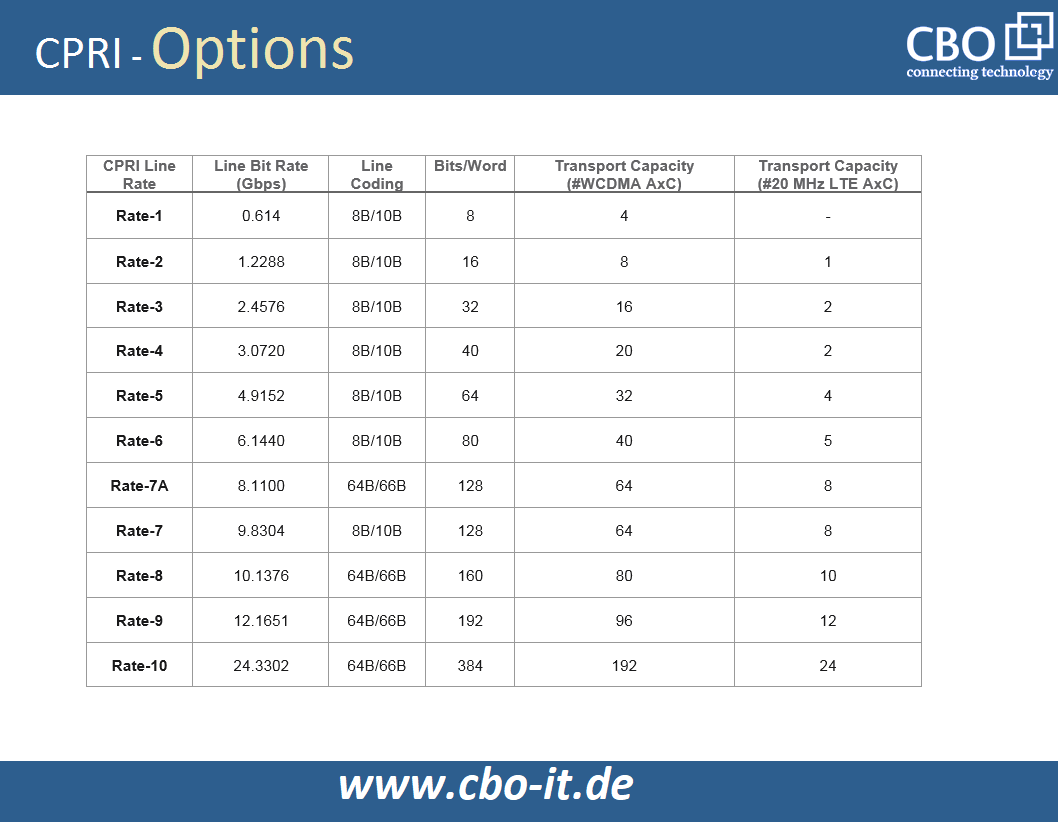5G has turned into a reality and we can see it gaining popularity with time. More and more internet-based applications are coming online. From banking to education and from entertainment to gaming – almost every industry is making full use of the internet. Throughout this decade we have seen an exponential growth both in the numbers of internet users and traffic. The popularity of video sharing services and video streaming services such as YouTube and Netflix have brought immense stress on internet service providers.
Growing Bandwidth Challenge and 5G Networking
As we have discussed above, the internet and specifically the newly incepted 5G network is going to face a lot of challenges related to speed, bandwidth, and reliability. It is considered that CPRI and eCPRI will play a very crucial role in mitigating the speed and bandwidth related challenges in 5G installations. In this article, we will discuss the difference between these two protocols and their significance in 5G environments.
Introduction to CPRI and eCPRI
Common Public Radio Interface is abbreviated as CPRI. This protocol deals with the interface specification between Radio Equipment Control (REC) and RE (Radio Equipment) deployed at 5G network base stations and configured to handle cellular wireless networks.
CPRI has remained a preferred choice in several generations of wireless networks for the handling of front-haul communications between base stations and towers. Common Public Radio Interface is known for its flexible and efficient I/Q data interfaces for multiple standards including (but not limited to) LTE, GSM, WCDMA, etc.
The inception of new 5G applications is demanding for flexible and reliable fronthaul configurations. eCPRI is an enhanced version of the CPRI that defines connections between eRE and eREC via a fronthaul transport network. It isn’t wrong to state that eCPRI is mainly utilized for 5G systems, LTE-Advanced and -Advanced Pro communication standards.

For advanced 5G applications, the eCPRI offers the right balance of throughput, reliability, and latency and it is widely anticipated that this protocol will support the 5G networks by bringing the element of higher efficiency. Here, it is also important to mention that being an open interface the eCPRI allows carriers to work together – a factor that can help in the construction of faster and better-connected networks across the globe.


CPRI vs. eCPRI - Comparison
Ports Classification
CPRI comes with slave ports and master ports. These ports can be connected directly through electrical or optical fiber cables. On the other hand, eCPRI does not support slave or master port classification at the physical layer level.
Logical Connections Support
Both eCPRI and CPRI support different logical connections. CPRI supports point-to-point and point-to-multipoint logical connections only while with the eCPRI multipoint-to-multipoint type of connections are also possible. Thus, in the department of logical connections, eCPRI is a superior choice. In point to point connections, one REC can be interfaced with one RE. In point to multiple logical connections one REC interfaces with multiple RECs. Whereas, through multipoint to multipoint connections interfacing between several eRECs and eREs is achieved.
Network Nodes
In CPRI the possible topologies of network nodes depend on REC/RE functions. Whereas, eCPRI offers fronthaul network nodes as well as other networking elements including EMS/NMS (for network management) and GM/BC (for timing control).
5G Applicability
The connection between the baseband unit (BBU) and the remote radio head/unit (RRH/RRU) is generally referred to as fronthaul. The remote radio head units capable of computation and equipped with antennas are often distributed every few kilometers in suburban areas and cities at the outermost sphere of any cellular network topology. The BBUs are usually distributed in the surrounding areas of cities (within a 10-mile radius approximately) for good coverage in densely populated communities.
Both CPRI and eCPRI can be considered in 5G fronthaul. However, eCPRI is far more suitable than CPRI. The CPRI defines numerous different line bit rates to offer the desired cost efficiency and flexibility. The following table contains information about all the possible CPRI line bit rates as defined in the official documentation for CPRI V7.0.

From the table, it can easily be derived that the transport capacity is a direct function of the CPRI line rate. CPRI line rate option 10 would be the finest choice for 5G networks where extensive bandwidth is desired. However, operating a 5G networking at or near CPRI upper limit (option 10) can bring the CPRI into question that whether it is a viable choice or not? Moreover, CPRI does not support various advanced networking which is widely supported by other mainstream standards available. These limitations of CPRI resulted in the inception of eCPRI back in 2017
eCPRI reduces jitter and latency for high-priority networks resulting in better 5G fronthaul network efficiency. Unlike CPRI, eCPRI comes with an integrated function splitting feature inside the physical later to retain most of the functions in the BBU – a feature that helps in the construction of a network with limited radio equipment (RE) on the tower and ensures the swift introduction of advanced network features without substantial hardware upgradation.
Conclusion
- Both CPRI and eCPRI can be considered for 5G networking
- eCPRI offers optimum radio performance by prioritizing and analyzing traffic in real-time
- greater reliability and flexibility can be achieved with eCPRI through BBU unit functional split
- Generally speaking, CPRI is best suited for conventional systems and eCPRI is a better option for 5G wireless communications
 English
English
 Deutsch
Deutsch
 Espaniol
Espaniol










